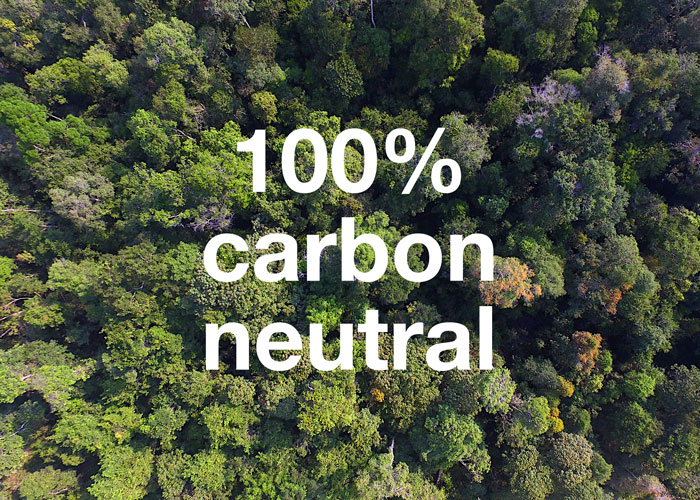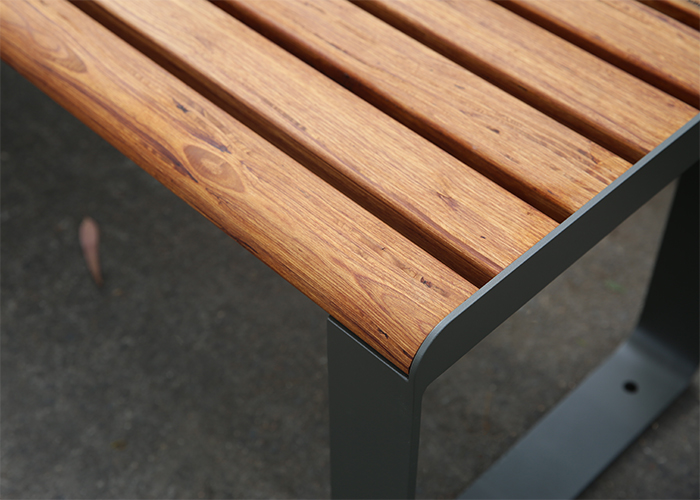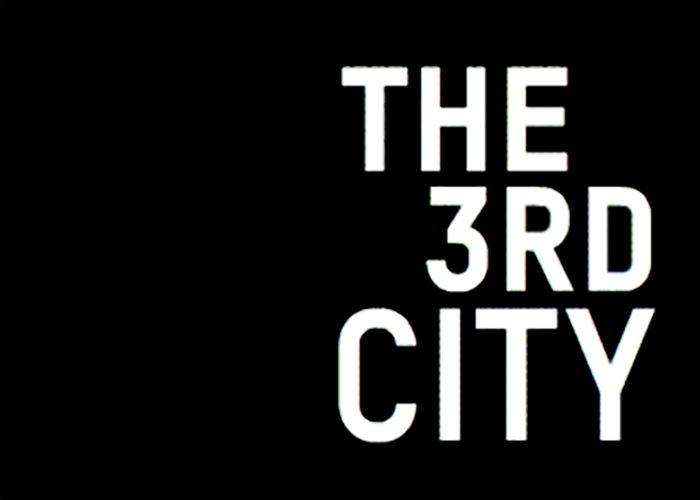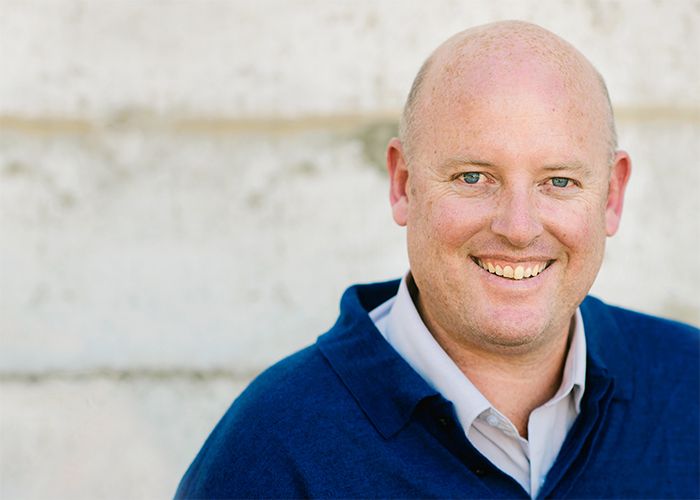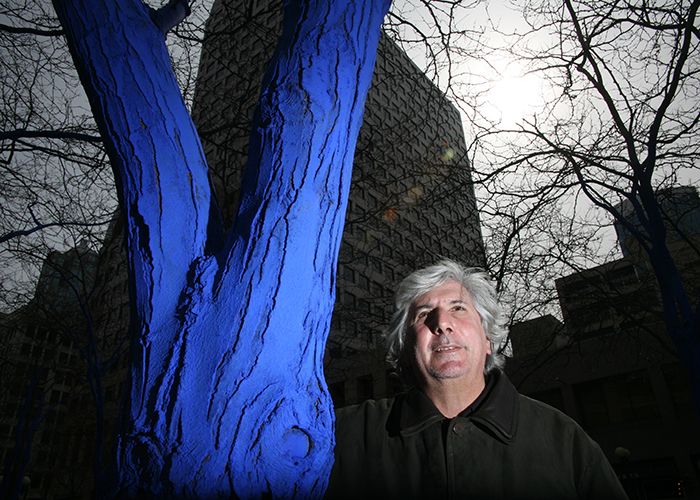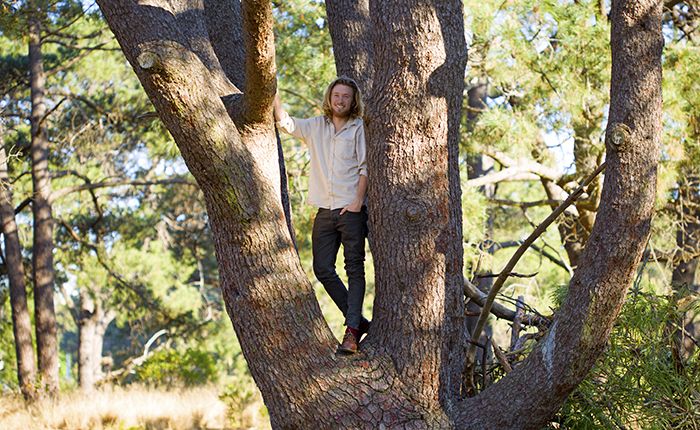
Alex Crowe is a young landscape architect, part of the AILA Fresh NSW project team delivering the AMP Activation for the 2017 International Festival of Landscape Architecture: The 3rd City in Sydney.
The design team includes Alex Crowe, Michael White, Anina Carl, Ashley Darby and Faid Ahmad, partnering with Street Furniture Australia, AMP Capital, WE-EF LIGHTING, Andreasens Green and Blue Scope Steel to create a daytime hangout and evening event space.
Furnished by Street Furniture Australia, the activation runs from October 11 to 15, between the AMP Towers on 33 Alfred Street and 50 Bridge Street, Circular Quay.
Enter via Philip Street to see the efforts of the AILA Fresh NSW team and be inspired by young people imagining the future city.
Youre currently involved in a ‘space activation installation’ by AILA Fresh NSW. What is the design intent behind the project?
Yes, I am part of an AILA Fresh NSW team that is working really hard on the AMP Activation, which will activate an underutilised site between the AMP Towers in Sydney’s Circular Quay.
Our intention is simply to create a space to host some day and night events for the upcoming 2017 International Festival of Landscape Architecture, while also providing a nice place for people who work in the area to sit and eat lunch. It’s not too fancy, but it doesn’t really have to be.
We have re-used materials from the manufacturing of corrugated iron to create a series of green wall planter boxes. The result is a private space tucked away from the busy streetscape that surrounds the site.
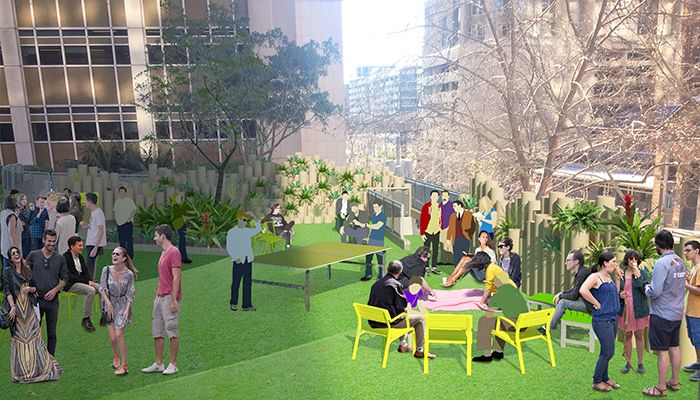
AILA Fresh NSW designs an activation for the AMP precinct. Street Furniture Australia will supply seats.
Can you tell us about yourself?
Following my graduation from UNSW, I was lucky enough to be part of MADE (Multidisciplinary Australian and Danish Exchange), which is a program run by the Sydney Opera House to promote the value of the process that created the Opera House. It was fantastic!
It was all about learning how to create a confluence of different paradigms of design and it certainly opened my eyes to how fruitful the complexities of multidisciplinary collaboration can be.
I have recently returned from a much longer than expected stint working in Europe.
You’re working on a project in the Kangaroo Valley. Can you tell us more?
My family runs an ecotourism business there. I am currently putting together a Master Plan for the property, which aims to allow tourism to operate without impacting the sensitive ecosystems on the property or the agricultural productivity of the land.
We are also trying to restore some bushland to encourage a colony of endangered brush-tailed rock-wallabies to settle on the property, so there is a lot going on!
I think it is possible for so many land uses to coexist; it is quite complex, but with the right amount of thinking, work and collaboration, we can do it – all the tools are there, you’ve just got to get started.
While overseas, you were involved in an environmental project to revive cargo shipping under sail. What’s it all about?
I had a very happy accident after finishing the MADE program. I had intended to do a three-month bicycle trip around Europe, but ended up spending two years in Germany helping with a project called Timbercoast instead.
We restored an old sailing ship to move cargo using only wind power. I helped with restoration and the project’s business development, and I got to sail from Europe to the Caribbean. Our aim is to raise awareness about the impacts of shipping and global trade on the marine environment, particularly in environmentally sensitive ecosystems.
The ocean is an ecosystem as diverse, if not more diverse, than any terrestrial one, but unfortunately it is obscured by lots of water so it’s tricky to see everything at work.
Nonetheless, if we are going to make sensible interventions into any environment, I think it’s important to understand the ecosystems of both landscapes and seascapes and how densely interwoven they are.
As a society, our interactions with these ecosystems are still a bit clunky. It was a lot of fun being part of a passionate community that was trying to find a better way for industry to do that.
What inspires you about collaborating with this generation of landscape architects?
I believe this generation of landscape architects and young professionals designing the built environment have the power and capacity to respond to a massive responsibility: to find better ways to sustainably inhabit this wonderful planet of ours.
As a society, we are progressing faster than ever, and the AILA Fresh members are going to determine the direction of this development. We will be the ones to make real inroads into shifting the stagnant response to climate change – it’s on us!
Knowing I am around people who accept this responsibility is really inspiring.
Visit the AMP Activation from October 11 to 15, between the AMP Towers on 33 Alfred Street and 50 Bridge Street, Circular Quay. Enter via Philip Street.
The site will be alight with projection artwork over two special nights of the Festival, October 11 and 12. Visit the space to see the work of AILA Fresh in action.
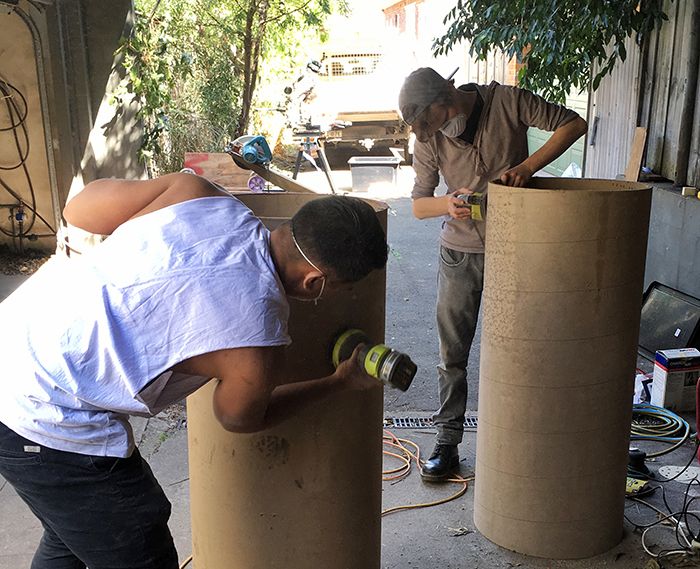
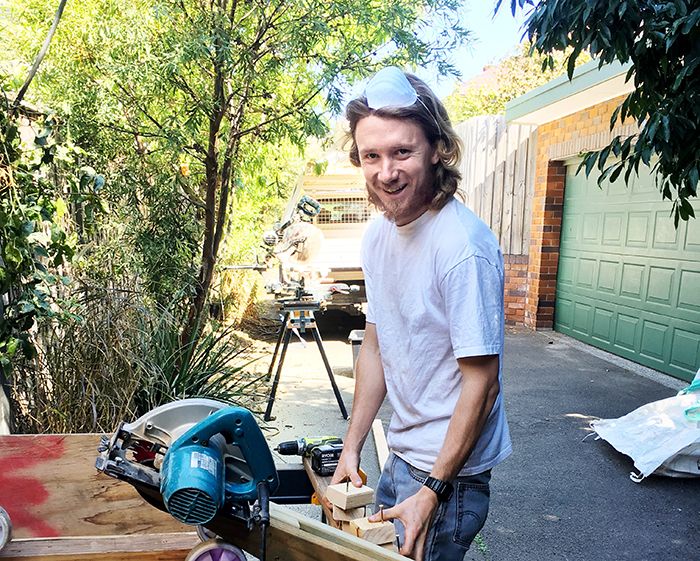
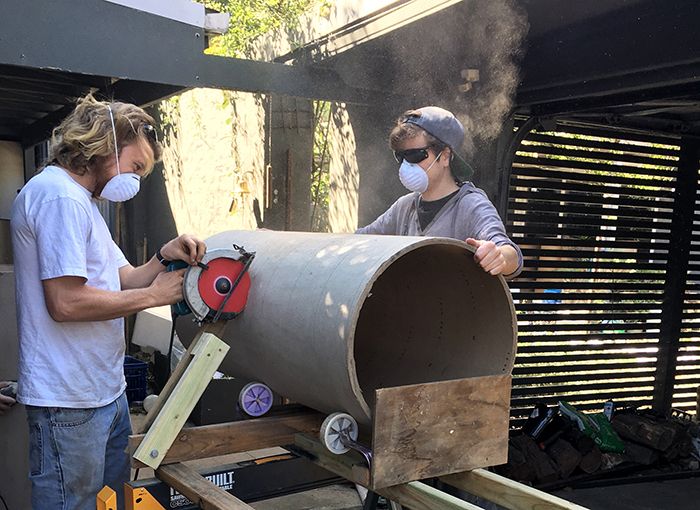
AILA Fresh NSW holds a working bee to prepare for the AMP Activation. Image: AILA Fresh NSW.





